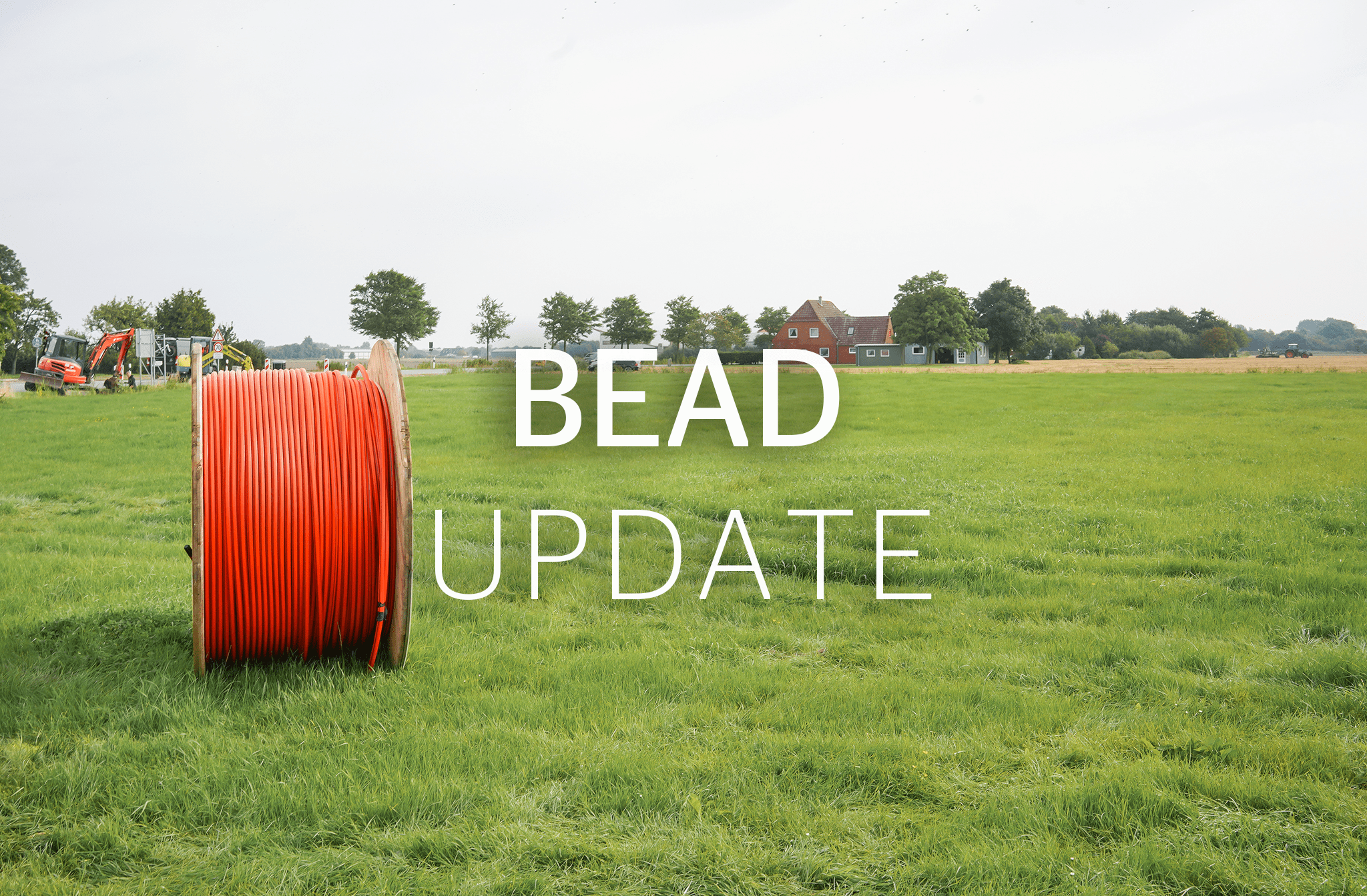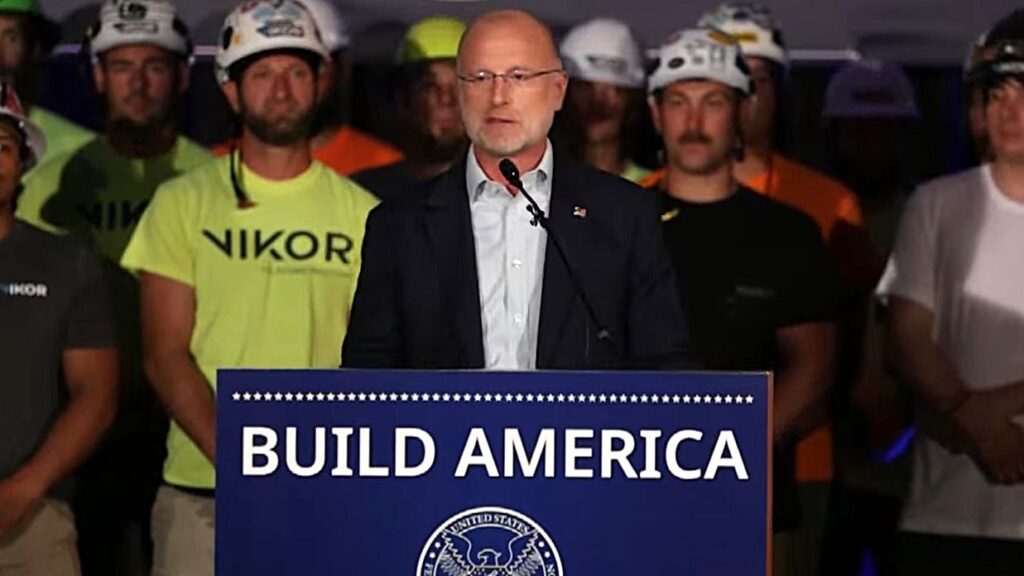Ideas for Co-op BEAD Program Preparations
Randy Sukow
|

Cooperatives interested in building broadband facilities can take a number of steps to improve their chances of winning funding from the $42 billion Broadband Equity, Access and Deployment (BEAD) program. Each state is developing its rules and plans for distribution of support from the BEAD program, which they will receive from the federal level through the National Telecommunications and Information Administration (NTIA). Broadband providers, often through partnerships, will soon be submitting funding applications over the next year.
NRTC’s Teresa Ferguson, senior director of Broadband and Infrastructure Funding, offered some advice for those who would like to get ahead of the process during a CFC-sponsored webcast earlier this week, “Does NTIA’s BEAD Program Fit Your Co-op’s Broadband Plans?”
The first thing to remember, Ferguson said, is “the eligible applicants for this program are not ISPs. They are states and territories that have to apply for funding from NTIA. States and territories will run a grant application cycle.” Many co-ops have experience with applying for federal broadband programs but working with the states will be a different experience. State agencies will be reaching out to rural towns and businesses to learn about community needs.
“They are being required by NTIA to identify a process and execute on a process to gather stakeholder input. That’s new. We’ve never had that with other federal programs in the past,” she said. “Get in there and start talking to your state broadband office or the state authority that is administering this funding. Get in and talk to them about outreach you’ve don’t in your communities … This is your opportunity to be a partner with those state broadband offices.”
Congress has prioritized BEAD funds for building in unserved areas that do not have access to internet service of at least 25 Mbps downstream and 3 Mbps upstream. The new BEAD-funded services to be built in those areas must provide a minimum of 100/20 speeds. “The majority of this money will not be disseminated to the states until there is a new FCC map of areas that are less than 25/3 and that are less than 100/20,” she said. While all states will receive a minimum of $100 million through BEAD, the map of unserved and underserved areas will greatly influence how much more support goes to a particular state.
The FCC announced this week that it will release a preliminary draft of the new map. The map is based on data ISPs submitted to the FCC on Sept. 1 through the Broadband Data Collection (BDC) process. BDC will continue collecting data every six months to update the map, and the FCC likely will release additional drafts before releasing the map NTIA will use to distribute funding, perhaps by late next year.
The Commission expects challenges to the “Broadband Serviceable Location Fabric” of this and future drafts as it revises the map. “I like to call it a ‘back-and-forth’ rather than a challenge process,” Ferguson said. “It’s going to be a back and forth between the states and the FCC and interested stakeholders” before the map settles on the eligible locations for funding. She advised co-ops to keep up with the map-building progress and report local availability data both to BCP, but also to state authorities to keep them informed as well.
NTIA is administering broadband funding in three “buckets,” she said. The largest bucket is going toward last-mile construction of broadband to the home. But an approximately $2.7 billion bucket is dedicated to “digital equity” programs to promote broadband affordability and computer literacy. NTIA has already collected applications for the $1 billion Middle Mile infrastructure bucket, which funds fiber projects connecting local ISPs to national internet access points.
Ferguson estimated that there will be between 10 and 25 Middle Mile awards, perhaps as early as Spring 2023. The program attracted many more applications than it will be able to fund. She suggested keeping a close eye on any Middle Mile award announcements. “As that money is announced, you want to be aware of any builds in your area that will assist you in lowering the cost of broadband backhaul,” she said.
She also suggested looking at the digital equity programs and at other federal programs that affect affordability, such as the FCC’s Affordable Connectivity Program (ACP). A digital equity strategy could be an important element as the states consider last-mile funding applications.
For more information about BEAD, NRTC offers a BEAD Funding Alert with a quick summary of all the important program details. In addition, CFC says it will post a recording of Teresa Ferguson’s BEAD presentation on its website next week.

